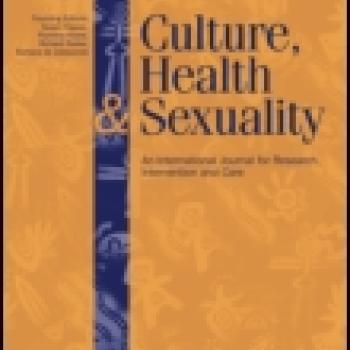Publication Information

This article discusses female circumcision in Ethiopia and the eradication challenges. It argues that despite an overall decline in the practice nationally, eradication efforts have caused significant quandaries for girls and their families. The most common justification by far for its continuance is that female circumcision confirms a girl's social place by proving her readiness for marriage and adulthood and thereby ensures her protection against material want. Often intervention has resulted in the transformation, rather than the elimination, of the practice, the exchange of one type of risk for another, or even increased risk to girls. In discussing policy, the article argues that there has been a misapplication of the risk concept in the promotion of change in Ethiopia. It calls for risk definitions and interventions that are more holistic, correspond more closely with children's social realities, and take into account the phenomenological dimensions of experience.
The final published version of the article is available on the journal website.
Reference:
Jo Boyden (2012) Why are current efforts to eliminate female circumcision in Ethiopia misplaced?, Culture, Health & Sexuality, 14:10, 1111-1123, DOI:10.1080/13691058.2012.726743

This article discusses female circumcision in Ethiopia and the eradication challenges. It argues that despite an overall decline in the practice nationally, eradication efforts have caused significant quandaries for girls and their families. The most common justification by far for its continuance is that female circumcision confirms a girl's social place by proving her readiness for marriage and adulthood and thereby ensures her protection against material want. Often intervention has resulted in the transformation, rather than the elimination, of the practice, the exchange of one type of risk for another, or even increased risk to girls. In discussing policy, the article argues that there has been a misapplication of the risk concept in the promotion of change in Ethiopia. It calls for risk definitions and interventions that are more holistic, correspond more closely with children's social realities, and take into account the phenomenological dimensions of experience.
The final published version of the article is available on the journal website.
Reference:
Jo Boyden (2012) Why are current efforts to eliminate female circumcision in Ethiopia misplaced?, Culture, Health & Sexuality, 14:10, 1111-1123, DOI:10.1080/13691058.2012.726743

